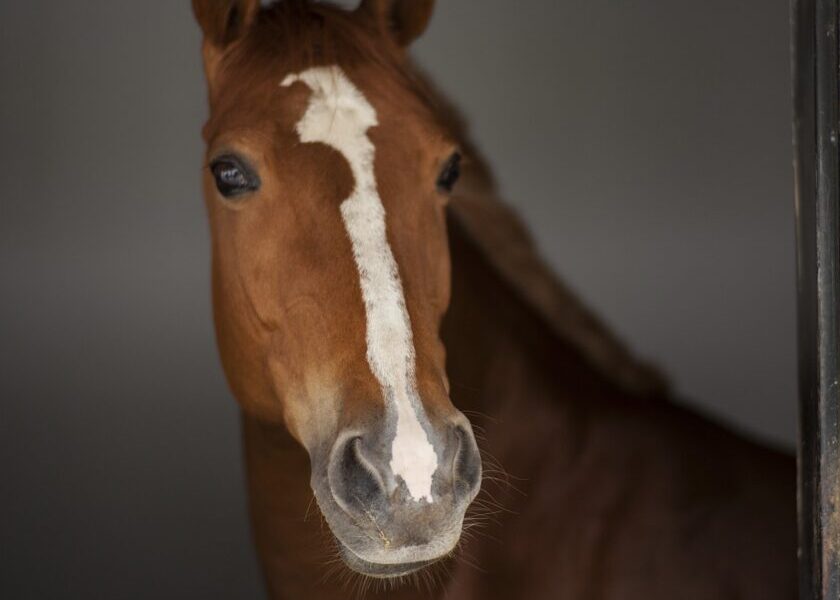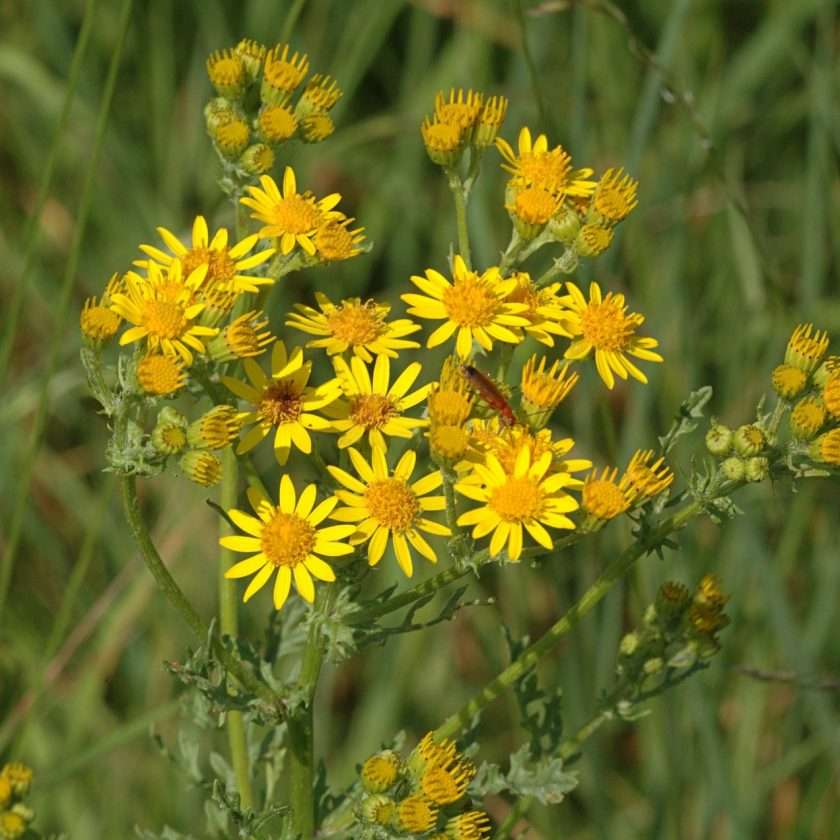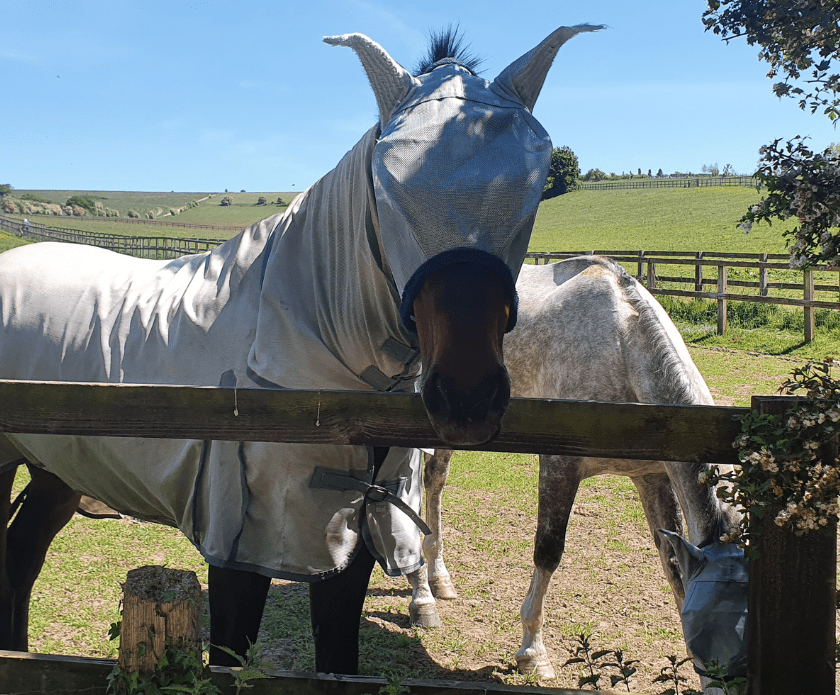Horse Breathing Problems
A horse with breathing problems can be a worry to owners. Not only can horse breathing problems have an effect on performance, but overall health too. So what are the signs and symptom we should look out for in the most common equine breathing problems?
Why Are Equine Breathing Problems An Issue?
Like humans, the horse’s respiratory system is how they exchange carbon dioxide for oxygen – important for all aspects of cell function and life. In particular though, the health and capacity horse’s respiratory systems is key to performance. Horses work in mostly aerobic forms of exercise, meaning they need a sufficient supply of oxygen to utilise energy stores. Aerobic exercise can be sustained for longer, has sufficient energy yields, and quick recovery periods, which is great for stamina and performance. Therefore, when horse’s being to struggle with their breathing it can have a massive effect the capabilities of our horses, and may cause early onset of fatigue, injury, and achey muscles post-exercise.
Common Horse Breathing Problems
Horse breathing problems can be cause by bacteria and viruses, allergens, air irritants (e.g. dust), or anatomical dysfunction/changes.
Bacteria and Viruses
Equine breathing problems causes by viruses include; equine influenza virus, equine rhinovirus, and equine herpesvirus (type 1 and 4). Bacteria’s causing breathing probelms in horses are Streptococcus and Actinobacillus species. Infectious disease of the equine respirator tract can usually be identified by early symptoms of;
- Coughing
- Nasal discharge
- Reluctance to work

Symptoms that may also develop include;
- Fever – rectal temperature over 38.5C (fever may present intermittently)
- Being off colour or depressed
- Loss of appetite or unwillingness to eat
- Increase in size of lymph nodes around the head, especially between the mandibles and at the throat latch
Allergens
Allergens can cause respiratory problems in horses caused by allergic reactions to inhaled materials. Common allergens in horse include;
- pollen (grass, tree, shrub, crop)
- mould/fungi
- dust/forage mites
- bacterial toxins
These air particles are commonly found int he horse’s environment. Pollen particles more abundant in summer, but levels that cause allergies can still be found in hay/haylage, as well as the field environment during winter. Mould, fungi, dust, forage mites, and bacterial toxins are all found in feed, forage and bedding – also check stable environments for damp, mould, and the quality of fresh air exchange.

Some horse will be diagnosed with Recurrent Airway Obstruction (RAO), otherwise known as ‘heaves’ or chronic obstructive pulmonary disease (COPD). This condition causes small-airway inflammation, mucus production, and constriction of bronchioles in the lungs, in response to allergen exposure. Symptoms include;
- Flared nostrils
- Cough – often occurring during feeding and exercise
- ‘Heave’ line
- Wheezing
- ‘Crackled’ breathing
- Increased breathing rate at exercise
- Inappropriately long recovery times after exercise
- Increased breathing rate and effort at rest
- Increased breathing effort at rest
Air Irritants
Similar to allergens, air irritants are inhaled material causing respiratory problems. The horse’s body does not react with an immune response like allergens, but unpleasant and irritable symptoms may arise from inhalation of an air irritant. Common irritant include ammonia, dust, and cold air. Symptoms are similar to that of allergen exposure.
Anatomical Dysfunction/Changes
Anatomical dysfunction include an upper airway obstruction. Upper airway obstruction usually develops throughout the life course of a horse, with sudden symptom onset being very rare. Upper airway obstruction causes increase expiratory (breathing out) sounds, which you may hear as your horse’s front fee land in canter. Horse expire every time their front feet land in a canter gait, so make sure to listen out for ‘roaring’ or ‘whistling’ sounds. Upper airway obstructions are usually nothing to be concerned about, yet high-level sport horses may suffer with performance capacity if they do suffer from one.
Exercise-induced pulmonary haemorrhage (EIPH) is probably most common I racehorses, when undergoing strenuous work. EIPH is where capillaries in the lungs rupture under the high-pressure conditions, during heavy exercise. Deep within the lung, thousands of tiny air sacs (alveoli) meet with capillaries, forming what is known as the blood-gas barrier. This thin barrier allows oxygen to move from the lung into the blood. In most species, the blood-gas barrier is sufficiently strong to withstand high stresses, however int the horse this barrier is relatively weak. Research suggests that in the horse’s lungs pressure can increase dramatically during exercise, being 2-3 times higher than in other species during equivalent exercise, which is why blood vessel may rupture under very hard training. EIPH can go detected in some horses, as it occurs deep within the lungs. Other horses may experience nose bleeds during intense exercise.
You may also like to read





